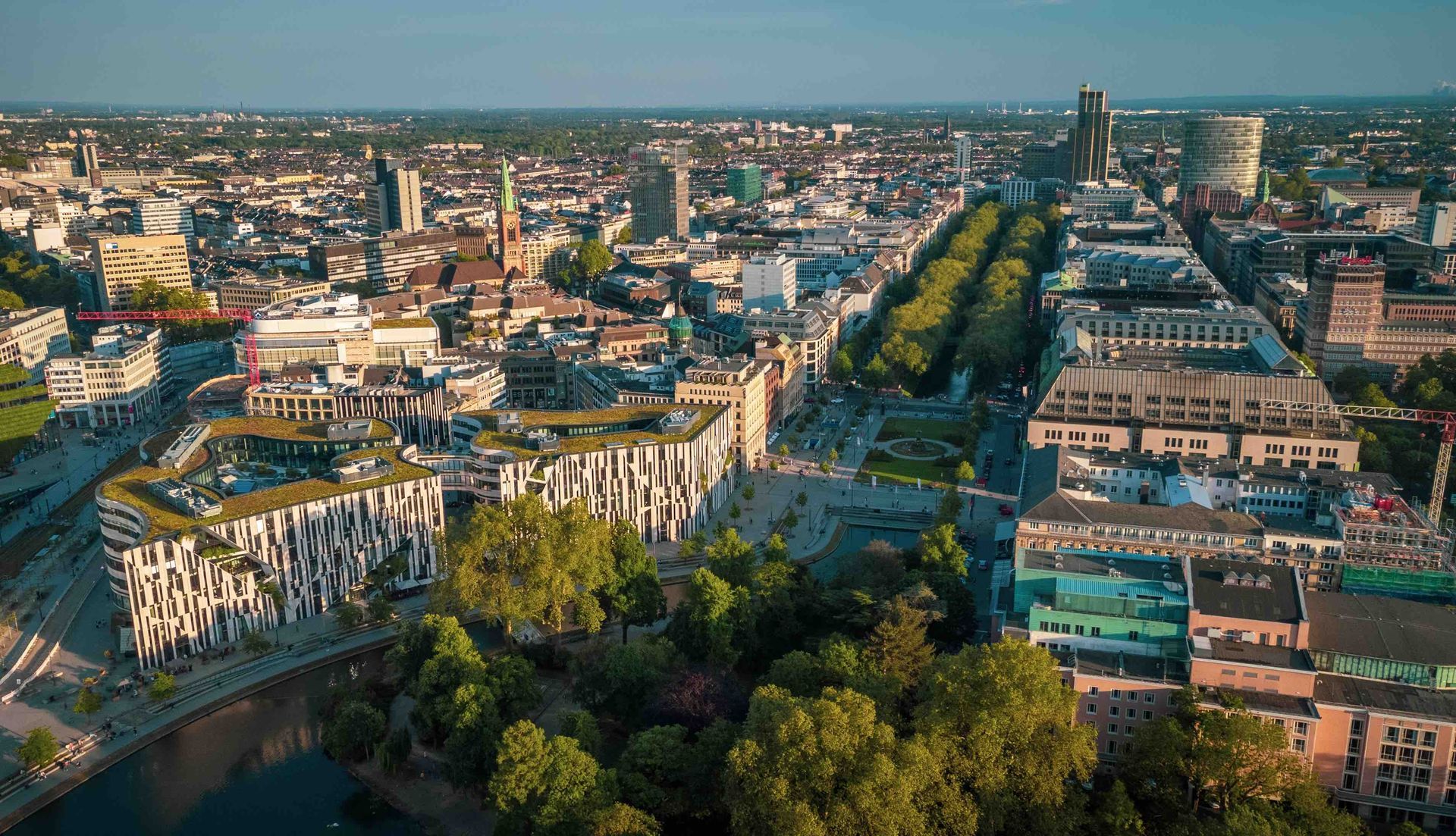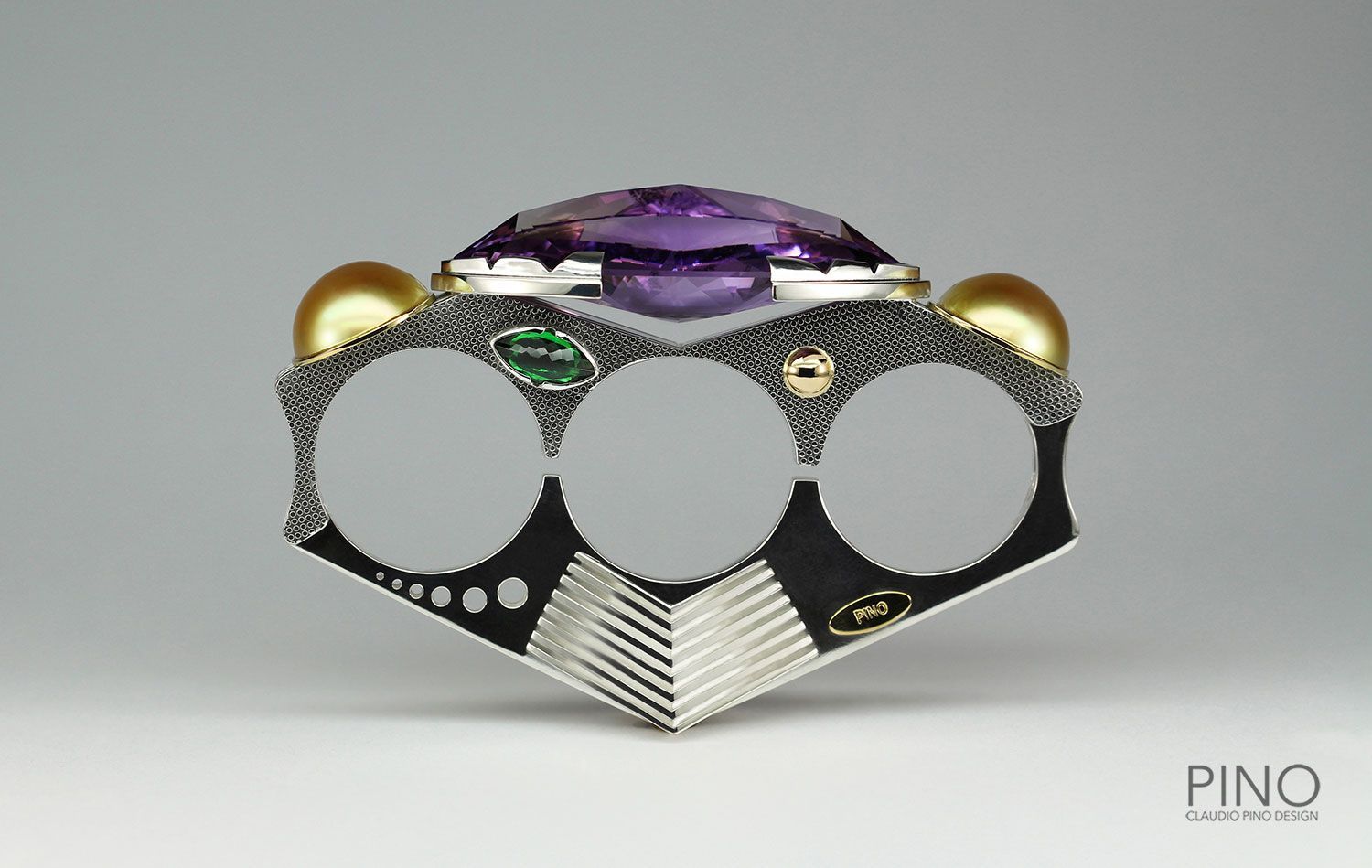Düsseldorf, 6 August 2023
By Lizzie Mauer
Opening of the restaurant "Anna Maria" at the Kunstpalast Düsseldorf. Anna Maria Luisa de' Medici brought art, culture and beauty to Düsseldorf.

Düsseldorf restaurateur Saban Emini, former owner of the "Taverne Mesdheu" and former head chef of "Pegasos" with business partner Joakim Olsen @Kunstpalast
Düsseldorf, 6 August 2023: When the renovation of the Kunstpalast is completed in November, visitors can also expect a new restaurant: It bears the melodious name "Anna Maria", dedicated to Anna Maria Luisa de' Medici. Under her influence and that of her husband, the Kurfürst (Palatine Elector) Jan Wellem, Düsseldorf developed into a European art metropolis in the late 17th century.
Reconstruction of the Kunstpalast
Commissioned by the city and the Kunstpalast Foundation, the listed ensemble at the Ehrenhof is being remodelled at a cost of around 42 million euros. The director of the Kunstpalast Dr. Krämer described the conversion as a "huge gift from the city to the citizens". Through the renovation, both parts of the building are said to be more closely connected in the future and should better represent a selection of the more than 150,000 collection pieces on 5,000 square metres. However, only a small selection, about 800 pieces, is said to be shown at any one time. It is already known that there will be a surprise for small visitors in particular. The Kunstpalast announced that children will be able to enter five secret passages through low doors with small handles.
The "Anna Maria"
In the future, visitors to the museum will also be offered a restaurant. The "Anna Maria" will have around 140 seats indoors and outdoors and offer a lunch and dinner menu. It is not yet known exactly where it will be located in the building. The operators are the Düsseldorf restaurateur Saban Emini, former owner of the "Taverne Mesdheu" and former head chef of "Pegasos". His business partner is Joakim Olsen, who seems to be an all-round talent. The IT expert is also a licensed DFB player agent and currently runs his own oil and mustard mill in the old town.

Antonio Bellucci, 1654-1726 (attributed) Minerva, Mercury and Plutus pay homage to the Electress Anna Maria Luisa de'Medici, after 1706. 230x160 cm Oil on canvas. Kunstpalast Düsseldorf, on permanent loan from the Kunstakademie Düsseldorf (NRW)
"Anna Maria" is probably the most fitting name a restaurant in the Kunstpalast can have. Anna Maria Luisa de' Medici brought art, culture and beauty to Düsseldorf
Anna Maria de Medici is one of the outstanding Rhenish personalities of the late 17th and early 18th centuries. She descended from the old Italian ruling dynasty of De Medici from Florence. As the wife of the Palatine Elector Johann Wilhelm, she made a decisive contribution to Düsseldorf's rise to become a European cultural metropolis. At the age of 23, Anna Maria was married to the widower Johann Wilhelm. The long-distance wedding took place in Florence Cathedral in 1691. On 6 May 1691 Anna Maria set off on her journey to Düsseldorf. The couple met for the first time in Innsbruck. The church wedding was repeated there in a simple ceremony. When she was united with him, she reported home: "I am now the happiest princess and the most contented woman in the world." The marriage of convenience, initially entered into only for political reasons, is said to have been harmonious. The dowry of 400,000 riksdaler enabled them to flourish in terms of building. They also shared an interest in art and culture. In 1694 Anna Maria had an opera house built. George Friedrich Händel came to Düsseldorf. Other composers who came to Düsseldorf for Anna Maria were Agostino Steffani and Arcangelo Corelli.
Establishment of what was probably the first art collection of European rank
Anna Maria de Medici supported her husband in building up a art collection and encouraged the settlement of renowned artists. They collected a good 1000 works, including Rubens, Rembrandt, Raphael, Michelangelo, Leonardo Da Vinci - Anna Maria is said to have been a systematic collector and was thus able to build up what was probably the first art collection of European rank. Jan Wellem built a gallery building for the collection, which was a transition from a private collection to a museum.
Unfortunately, the marriage remained childless. After the death of her husband on 8 June 1716 and the accession to power of her brother-in-law Charles Philip, Anna Maria de Medici returned to Florence in 1717. The rest of the Medici family had also remained childless and Anna Maria was the last member of the famous Medici family. Political power in the Grand Duchy of Tuscany had already passed to Francis Stephen of Lorraine. However, Anna Maria prevailed one last time and protected the Medici art collections from his grasp by bequeathing them to the city of Florence. In 1741 Anna Maria de Medici fell ill with breast cancer and died in Florence on 18 February 1743. Until the end, she enjoyed a high reputation among the population as the representative of a once important Medici family. She remained closely connected to the Rhineland and the residential city of Düsseldorf, which she had helped to build, until the end of her life.
Read also
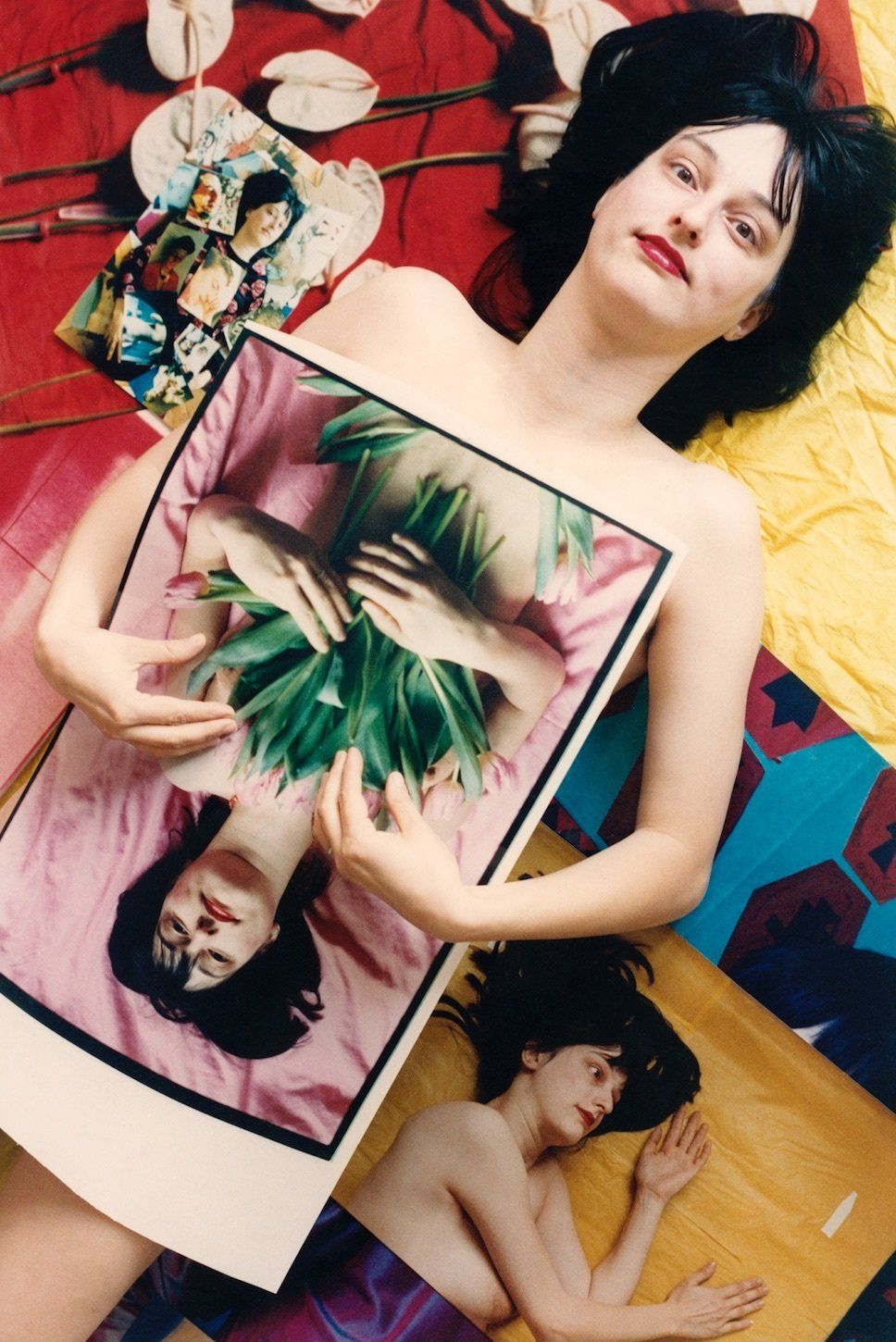
Claudia van Koolwijk "I find correspondences in the people who surround me or whom I meet." On the sad news of the death of the incredible artist Claudia van Koolwijk we repost the interview. Read more on Alethea Talks.
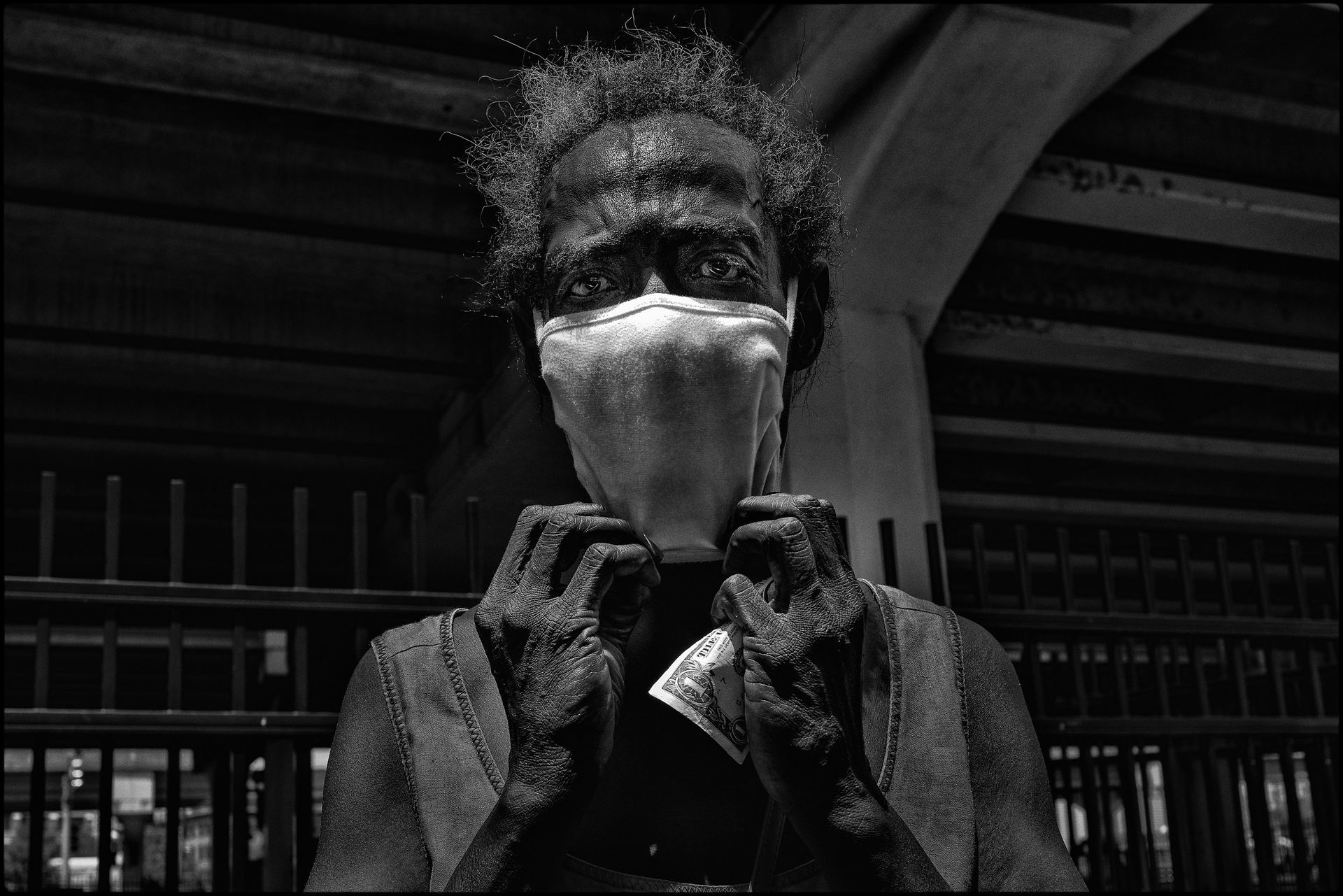
Mary with Mask-New Orleans- 2020 ©James Hayman
James Hayman, US filmmaker and artist „Being able to visually document those situations put me on a lifelong track to create photography that is socially relevant.“ Read more on Alethea Talks.
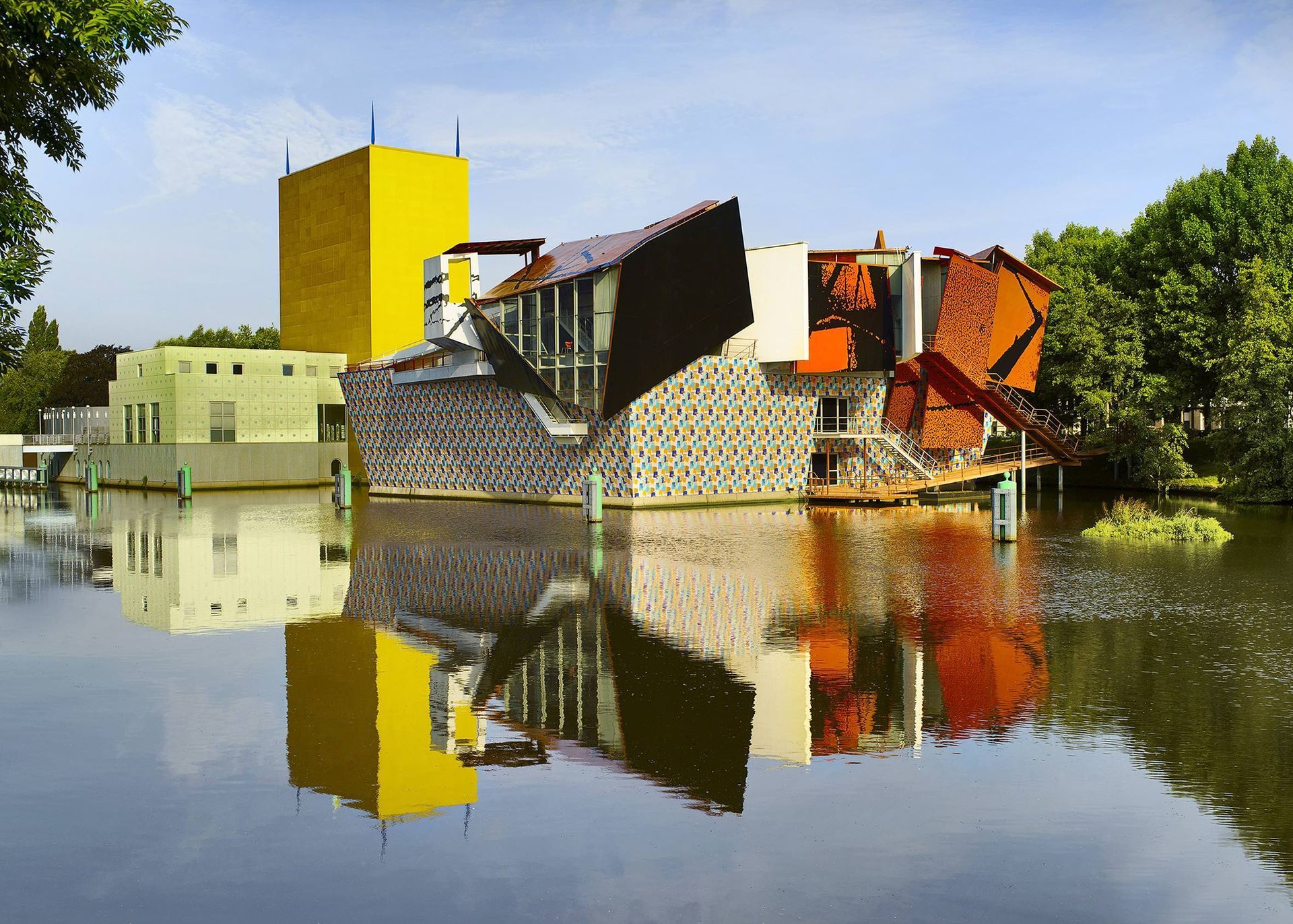
Groninger Museum, 2020-2021 © Peter Tahl
Art Calendar, 25 July 2023 by Lizzie M.
The Rolling Stones Unzipped at the Groningen Museum. Why the Rollings Stones deserve their place in art history.
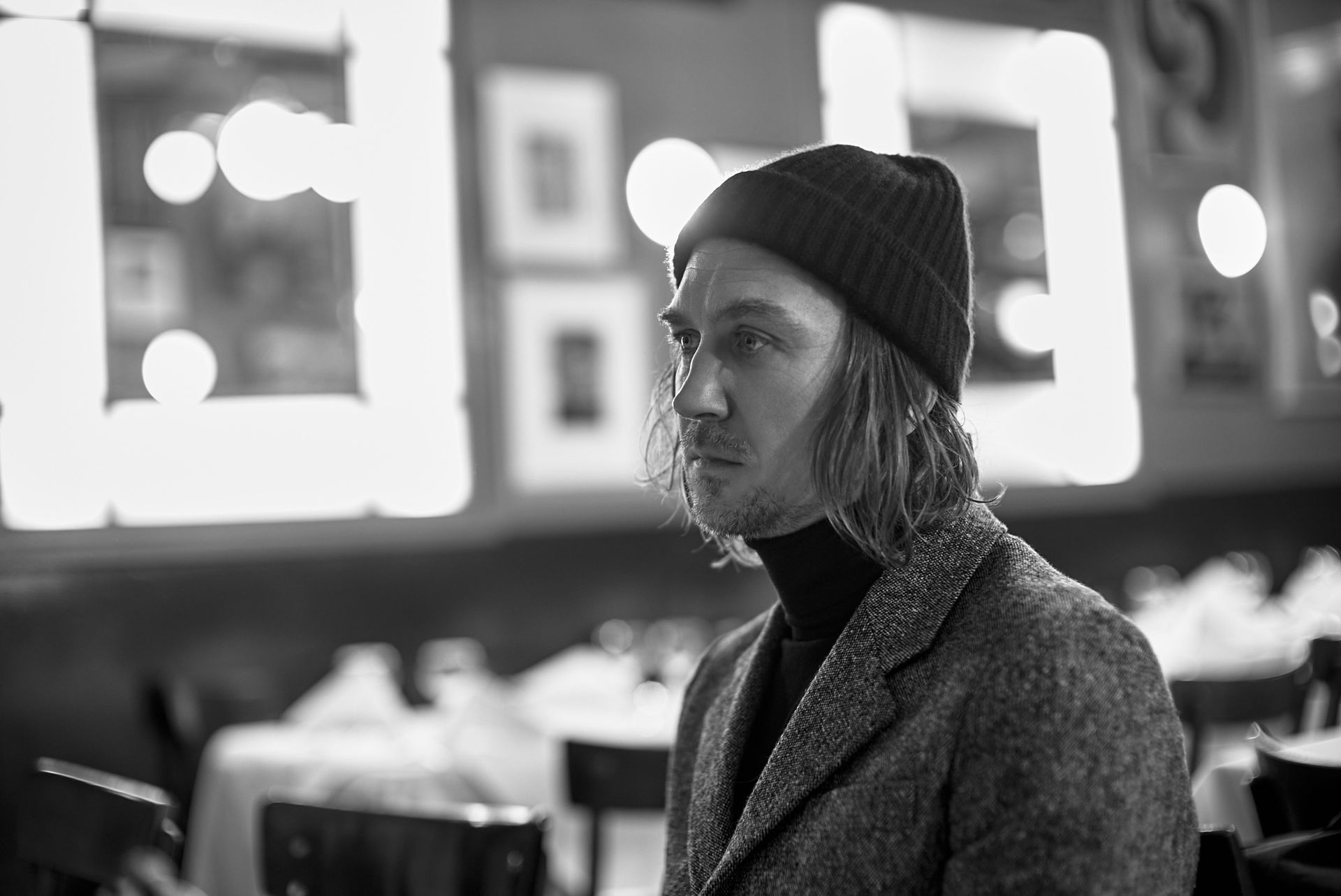
Lars Eidinger ©Franziska Stünkel
Lars Eidinger: "My highest demand on myself is to be honest with myself." Read more on Alethea Talks.
Courtesy of Sotheby's
Bastienne Leuthe: “With 4096 Farben, Gerhard Richter brings the series of Colour Chart paintings to a brilliant finale." Read more on Alethea Talks.
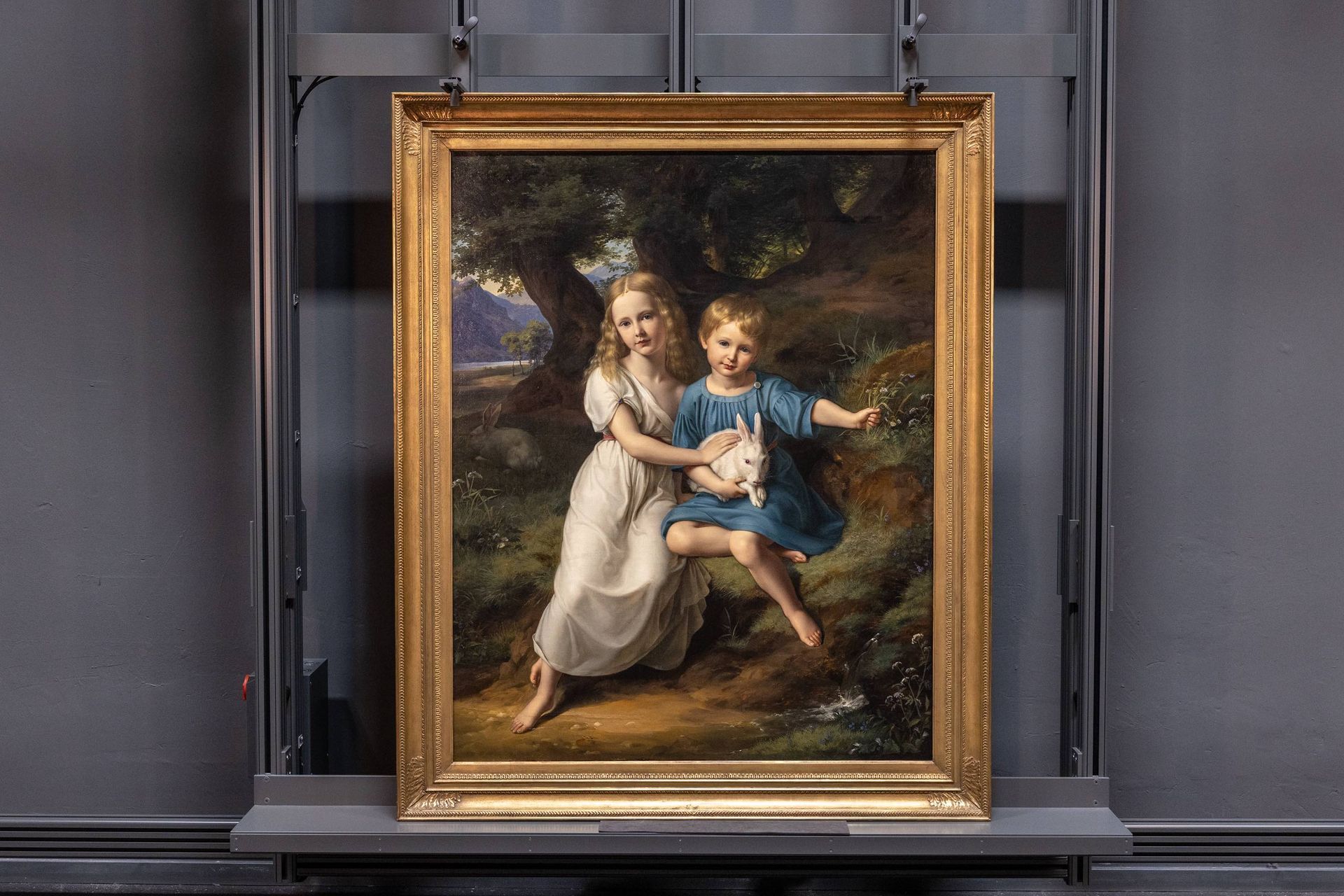
Dr. Clarence Epstein: “And here we are. The settlement is behind us and is a good conclusion.“ Read more on Alethea Talks.

©Axel Thunker
Düsseldorf, 24 May 2023
The Behrensbau is unique in the world It is named after its architect Peter Behrens, a universal genius in whose office Mies van der Rohe, Le Corbusier and Hans Walter Gropius worked at times.

Do you already know Düsseldorf? The most important dates from Lifestyle, Art, Fashion, & Gourmet in 2023.
The Potsdam Schlössernacht celebrates the German-Dutch friendship on 18 & 19 August 2023 at Schloss Sanssouci. Prachtig!
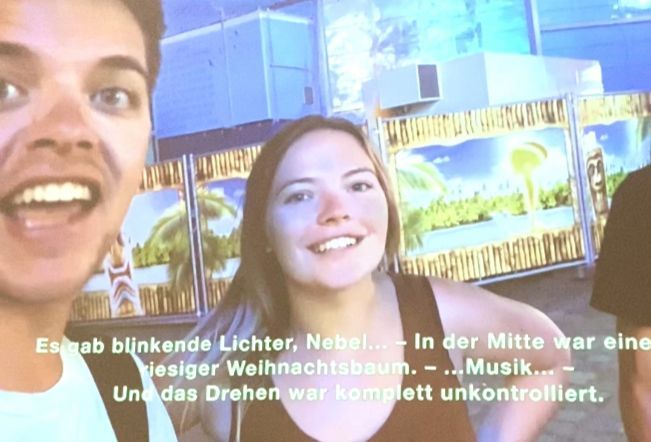
The call of the Rheinkirmes is heard far in the world. Miteinander Rheinkirmes, the new exhibition at the Theatermuseum.

YOU MIGHT BE INTERESTED?

Manal AlDowayan, Wadi AlFann ©Manal AlDowayan
Manal AlDowayan "It's part of the vision of the land: Art. Not soft power, as many Westerners think, but an instrument of diplomacy." Read more on Alethea Talks.
